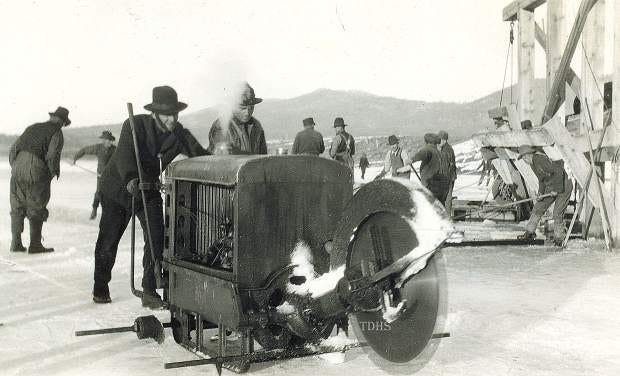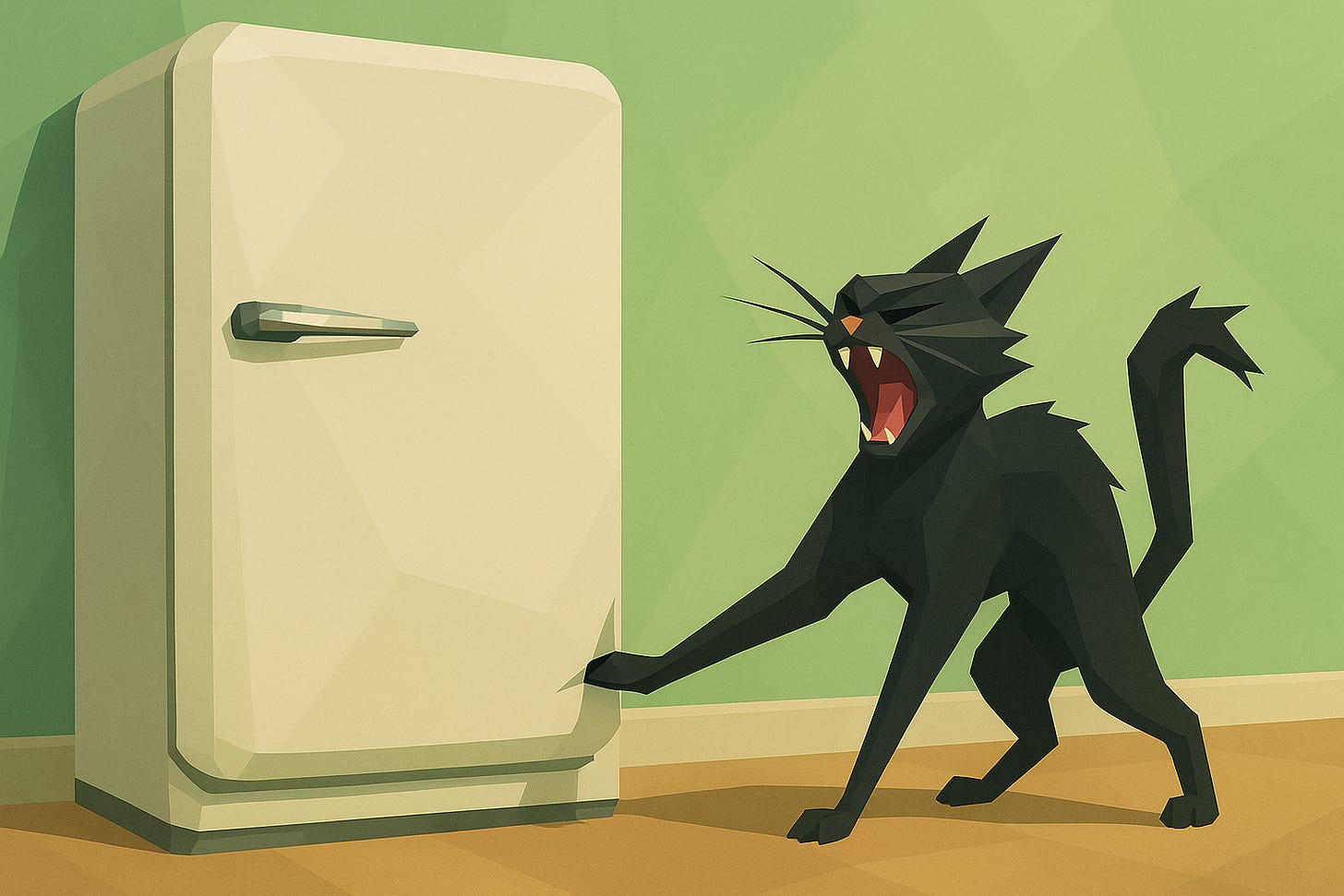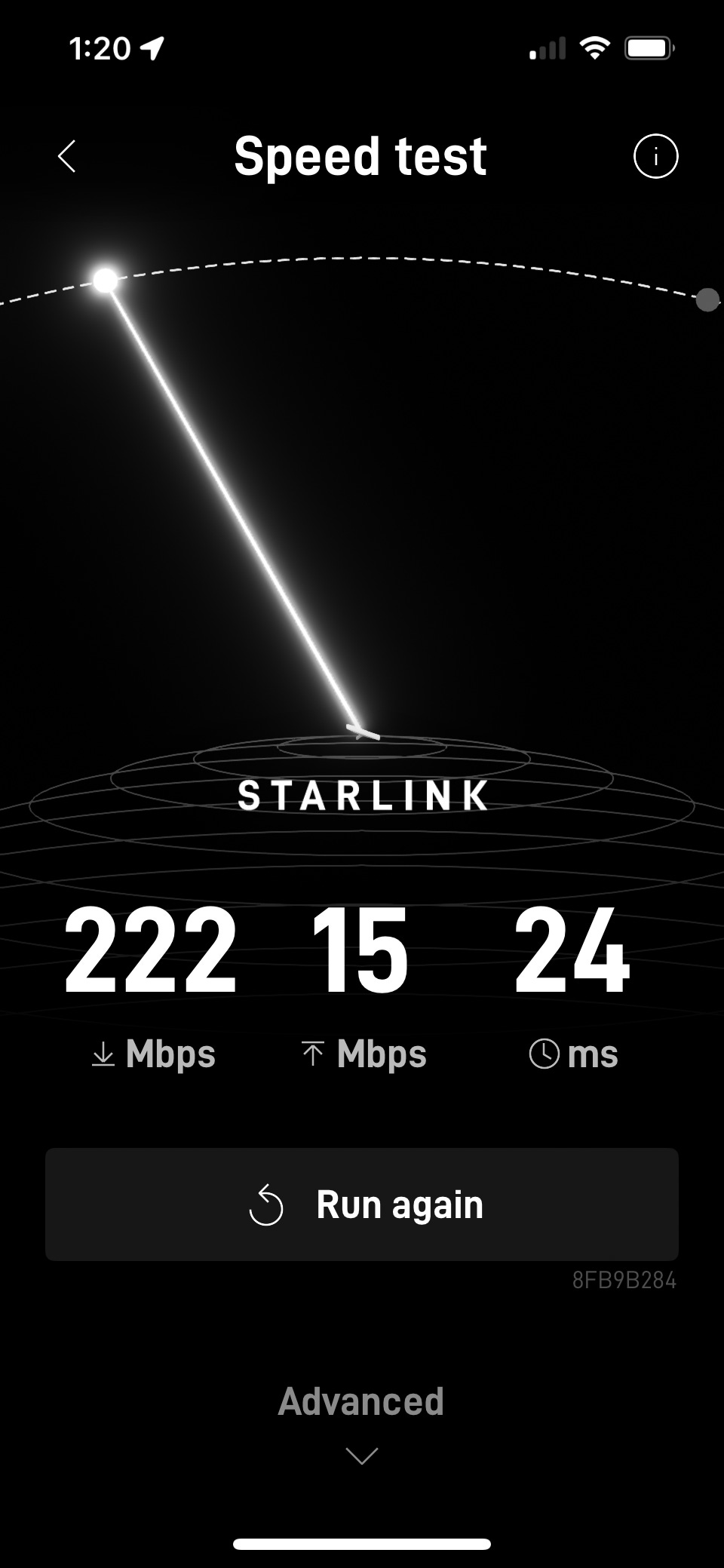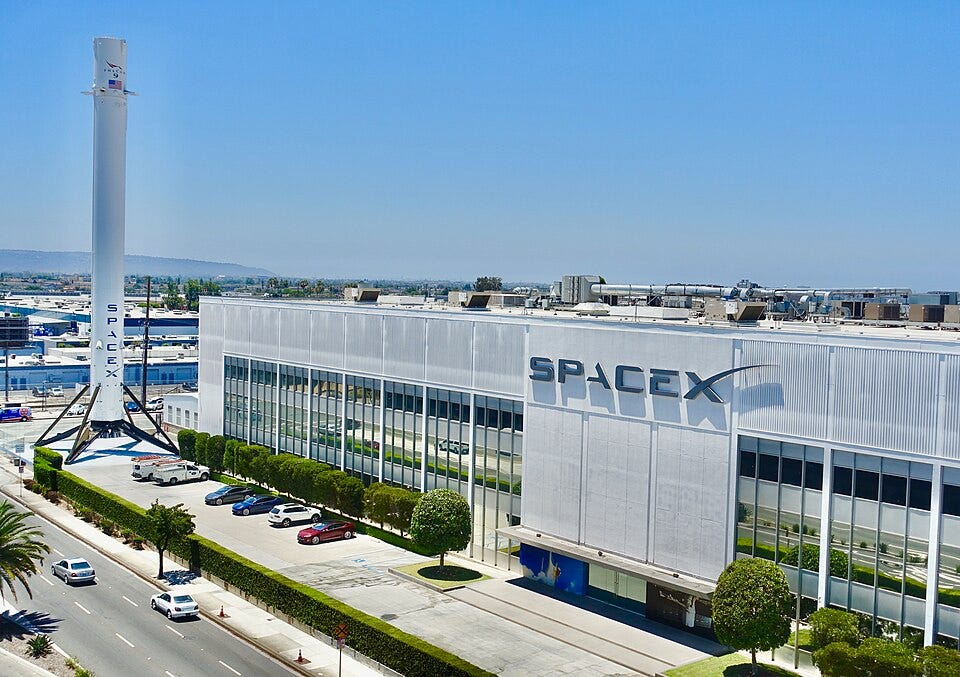Tech Birthright
Ice Lakes
If you were born 100 years ago, there was no refrigerator. Every couple of days icemen (or icewomen) lugged a 25-pound block of ice into the cooler to keep milk and eggs from spoiling for a while. No freezer, no ice cream.

The Ice Trade was big business up at Donner Pass. In the winter, lumberjacks cut ice, not trees:
When I was born, 60 years ago, the refrigerator was the star appliance. We had a Westinghouse: white, around 5 feet tall with a single heavy door and a corresponding hefty chrome pull handle. The door sealed with a satisfying thunk into its latch.
We had a little black cat named Chica, and hoping for food, she would come running whenever the fridge was opened. Occasionally, Chica would get her tail caught when the door closed. That was terrifying — she would scream until we rushed back.
The freezer was a separate little compartment on the inside with its own interior door, and it would completely freeze over every couple of weeks. When that happened, we would replace everything in it with pots of boiled water and chip the ice away as it softened. The Westinghouse went upstairs when we moved and kept working for another 30 years.
My dad loved telling this joke:
Why was the rabbit inside the fridge? Westing, of course! Isn’t this a Westinghouse?
The only other electric appliance in my house was a black-and-white TV which was on for the first Moon Landing, but not much else.
So there’s my tech baseline: refrigerators, black-and-white TVs, big steel cars from Detroit, jet planes, and rotary phones.
If you’re a generation after me — a millennial (born in the 80s/90s) — your tech birthright is richer: cable TV, CDs, mobile phones, SUVs, the Concorde, MRIs, PC/Mac and … the Internet, with dialup network speeds up to 56 kbps!
Wireless has been a wave enabling tech since the first wireless TV remotes, followed by cordless phones, then mobile phones and now WiFi. When Internet access went wireless in the 2000s via satellite, it was a last resort with terrible performance. Then in 2021, Starlink broke the market open with a new network of low earth orbit satellites. Six million people now use Starlink, and nearly 20% take it on the go.
That’s us — last week, to keep in touch with the important people while on the road, we got a Starlink mini dish for The Amazing Spider-Van. When I fired it up in the driveway I was amazed1:
In an earlier article, I shared a picture of the Avatex 1200 baud modem that got me through college. My current fiber connection is nearly a million times faster.
Since that article, SpaceX has launched another 3,000 Starlink satellites, bringing the total to around 8,000. During last week’s Starship launch, they tested their next-gen V2 satellites, which of course make everything faster, add native cellular service and link the fleet with lasers.
Starlink’s satellites act as relays — whatever you request isn’t in space but on Earth. The signal bounces up, down, and back again, making the performance all the more impressive.
I once worked for Northrop in Hawthorne fixing PCs — that’s where they built the B-2 Bomber. It’s the same facility SpaceX later bought for Starlink HQ and that’s where our dish came from:
The tech I grew up with is just background noise now, like the hum of the fridge — once amazing, now unremarkable. Internet beamed in from space on lasers? Whatever your tech birthright, that’s still worth geeking out on.
We’ll be in Yosemite this week, so lets see how it does outside my driveway.






I didn't know about lumberjacks cutting ice in the winter. That was helpful for maintaining an income year round. Thanks for the info.
Ice traders were cool! I thought about going back in time and becoming one not terribly long ago. I think that would be the sort of thing I'd try to do if I were alive 150 years ago, give or take.
I'm firmly in Gen X, but approaching the tail end, so I got to see a bunch of that tech you identified with Millennials coming to fruition during my adolescence. The thing was, I was anchored to the Gen X tech, so I never adopted CDs - like never. I owned LPs, 7 inches, and tapes. CD players came out and I never bought one, so I just leapfrogged straight to streaming.